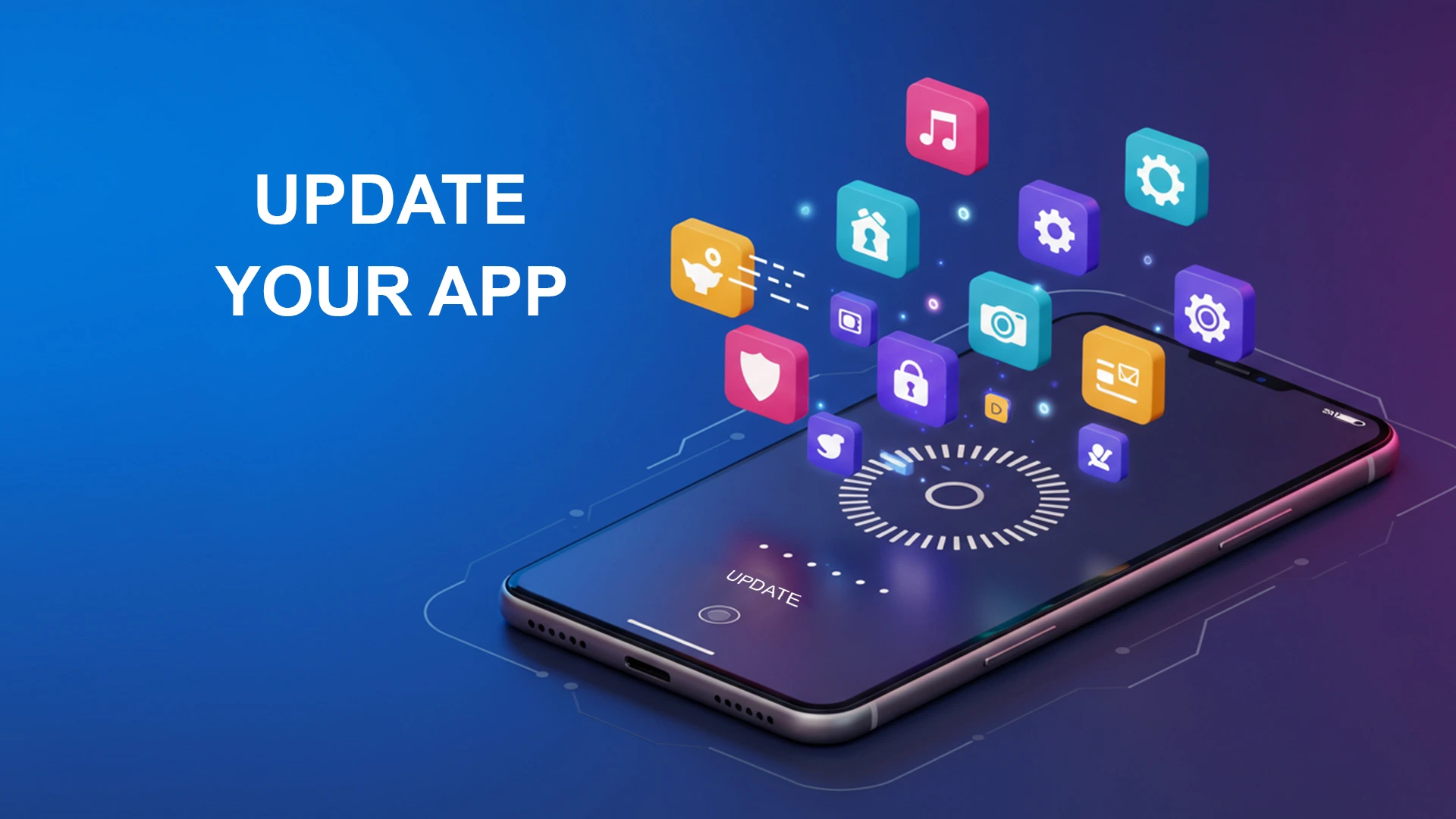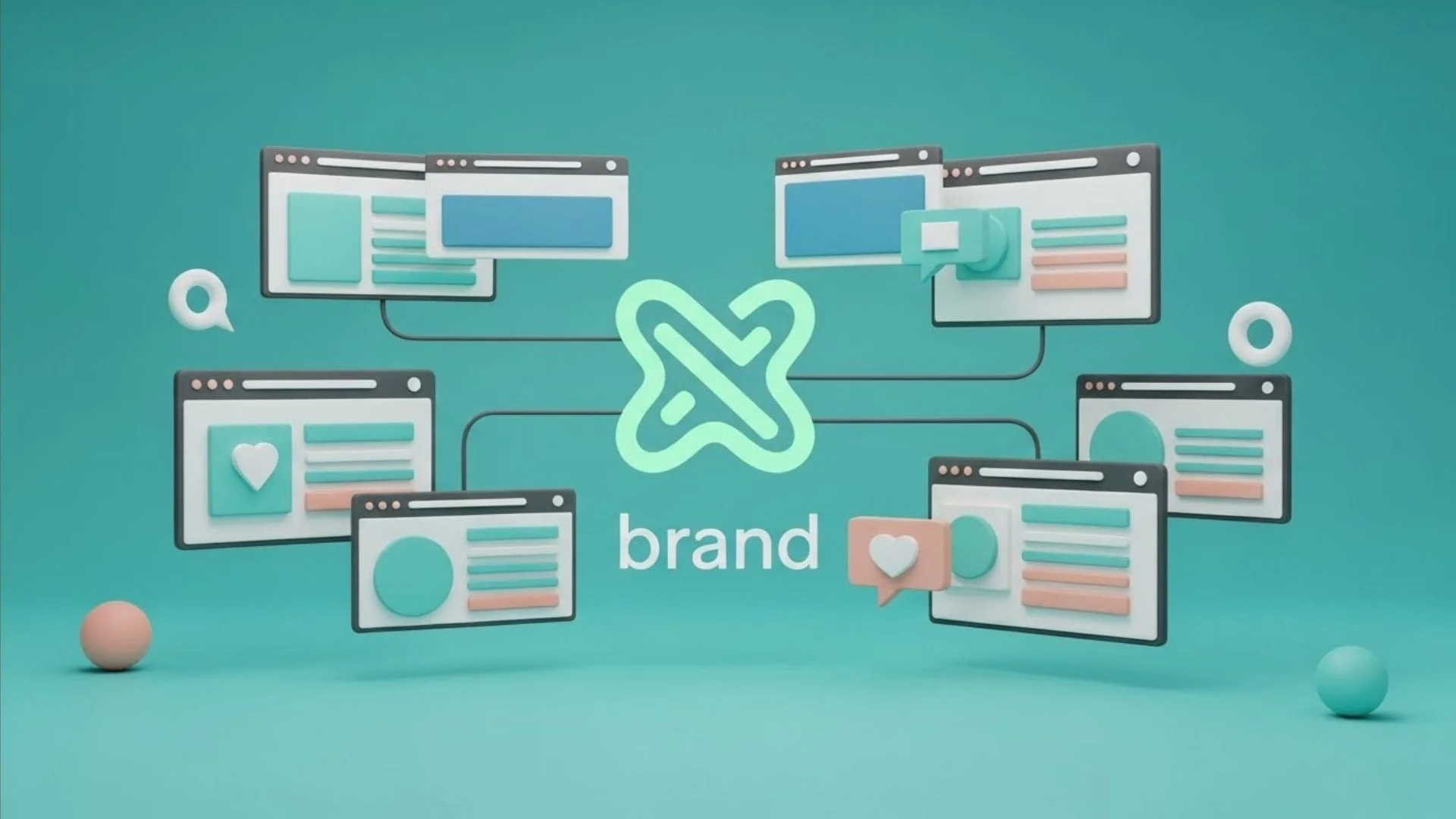When you’re deep in the trenches building an app, pushing that first version live feels like the finish line. But really? That’s just the warm-up. Whether you’re managing a team project, maintaining a side hustle SaaS, or keeping your company’s internal tool stable, regular updates and maintenance aren’t optional. They’re what separate a solid, reliable app from a buggy, insecure, “why-is-this-still-live” nightmare.
Let’s break down why staying on top of updates matters, especially if you want your app to stay secure, performant, and actually usable six months from now.
-
Security Isn’t Set-and-Forget
One of the most important reasons to update your app? Patching security holes—before someone else finds them.
The minute your app goes live, it’s a potential target. Even if you’re not storing sensitive data, outdated dependencies, weak auth flows, or unpatched libraries can leave you wide open. And with vulnerabilities being discovered constantly, skipping those regular updates for your app just isn’t worth the risk.
If your app relies on third-party libraries (and whose doesn’t?), keep an eye on CVEs and deprecations. That one unmaintained package from 2018 could be the weak link in your entire system.
-
Performance Optimization Doesn’t Happen by Accident
That weird lag on mobile? The memory leak your users keep reporting? Those annoying slowdowns during peak hours?
Chances are, they’re tied to stuff you’ve already patched—or could fix with a couple of key updates. Whether it’s refactoring old code, tightening up API calls, or improving your caching logic, performance updates are what keep your app feeling fresh and fast.
Skipping them doesn’t just frustrate users—it hurts adoption, retention, and even search visibility if your app lives in a store.
-
OS & Platform Compatibility Changes Constantly
Think your app will work fine forever on the same setup? Spoiler: it won’t.
Operating systems evolve fast—especially in Linux-based environments like Ubuntu. One day, everything’s fine. The next, your app crashes because you didn’t rebuild against a new system library. And if you want to install GUI on Ubuntu (maybe for testing or admin tools), staying compatible means making sure your front-end libraries, display frameworks, or even fonts are up-to-date.
Same goes for iOS, Android, Windows, macOS—if you don’t test and patch for new versions, you’re gonna hear about it. Fast.
-
Tech Debt Builds Up (and Then It Explodes)
Every time you push a quick fix or ignore a deprecated method “just for now,” you’re adding to your app’s invisible junk drawer. And sure, maybe everything still works today—but a few months down the line? That ignored warning becomes a runtime error. That skipped version bump suddenly breaks half your build tools. Regular maintenance helps keep your project lean, clean, and less terrifying to debug when something goes sideways. Treat updates like brushing your teeth: do it regularly, and you avoid a full-blown root canal later.
-
Your Users Expect You to Care
Even if they never see your changelog, your users know when your app’s being neglected. Crashes. Features that stop working. UIs that feel dated. Support tickets that pile up. All of that tells people you’re not actively maintaining your product—and it takes a toll on trust. Regular updates show users (and potential investors, clients, or employers) that your app isn’t abandoned. That someone’s paying attention. That it’s safe to stick around.
Maintenance Tips for Staying Ahead (Without Burning Out)
- Automate what you can – Set up Dependabot, Renovate, or a cron job to alert you about outdated packages.
- Schedule dev sprints for maintenance— It’s easy to forget if it’s not on the roadmap.
- Update small, update often – Big overhauls are way scarier than a steady stream of small improvements.
- Track security alerts— Use GitHub’s built-in alerts or tools like Snyk to stay ahead of vulnerabilities.
- Document your update process— Especially useful if you’re working with a team or onboarding new devs.
Updating Isn’t Glamorous—But It’s Critical
Look, pushing shiny new features is fun. Fixing obscure bugs and updating your dependencies? Less so. But if you want your app to actually last—to grow, scale, and be taken seriously—regular updates are the price of admission. Whether you’re keeping your front-end smooth, your API efficient, or just making sure your admin panel still loads properly after installing a GUI on Ubuntu, small maintenance tasks add up to long-term success.
So yeah, update your app. Patch those libraries. Clean up your build. Future you—and your users—will be glad you did.
nandbox App Builder
Maintaining performance, improving security, and keeping users interested with new features all depend on your software being regularly updated. nandbox App Builder lets you update your app code-free and effortlessly, letting you deploy performance enhancements, design modifications, and new features in real time. The platform guarantees a seamless experience across iOS and Android by supporting fast upgrades without forcing users to reload the app. nandbox makes it simple to keep your app current and in line with changing user expectations, whether you are correcting bugs, introducing a new feature, or updating the UI.






